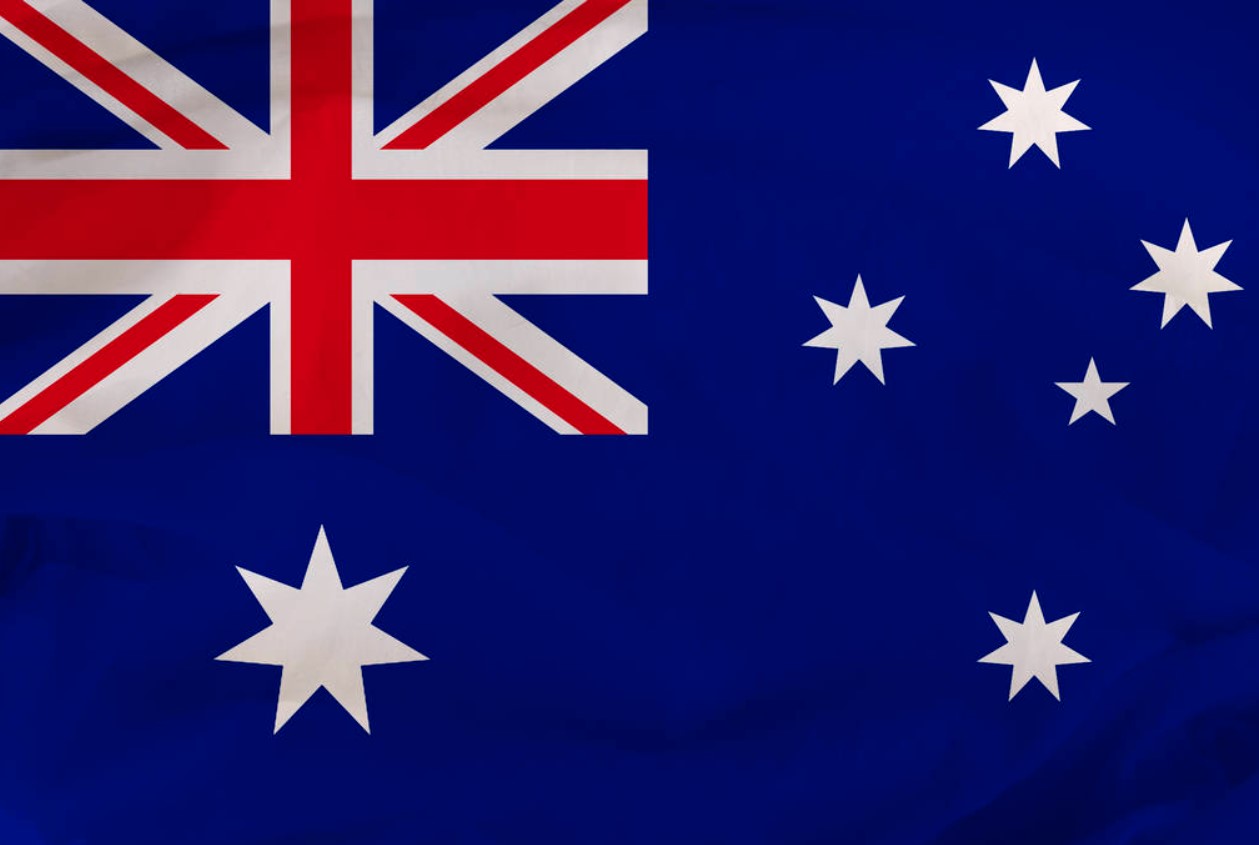As an important national symbol, the Australian flag has a rich history and a fascinating evolution. In this article, we will explore the origins of the flag, its design, and the various changes it has undergone over the years.
Key Takeaways:
- The Australian flag has a rich history dating back to the 1800s, and has undergone several design changes over the years.
- The flag’s design incorporates several symbols that represent the country’s history, geography, and cultural heritage.
- The flag’s Union Jack symbolizes Australia’s ties to Great Britain, while the Southern Cross represents the country’s position in the Southern Hemisphere.
- The Australian flag is an important symbol of national identity and is used to represent the country at events and in international settings.
- The flag has remained largely unchanged for over a century, despite some proposals for change over the years.
- The Australian flag is a source of pride for Australians both at home and abroad, and reflects the country’s unique cultural heritage and natural beauty.

The Australian flag, also known as the “Flag of Australia,” is a blue field with the Union Jack in the upper hoist-side corner, a large white seven-pointed star known as the Commonwealth Star, and five smaller stars that represent the Southern Cross constellation. The flag was first flown in 1901, shortly after Australia became a federation of states, but its design has evolved significantly over time.
History of the Australian Flag
Prior to the federation of Australia, the individual states each had their own flags. However, with the formation of the Commonwealth of Australia in 1901, a new national flag was needed. A competition was held to determine the design, and out of the thousands of entries, the winning design was submitted by Ivor Evans, a 14-year-old schoolboy from Melbourne. Evans’ design featured the Union Jack, the Southern Cross, and the Commonwealth Star, and was officially adopted as the national flag on September 3, 1901.
Over the years, various proposals were made to change the flag, including calls to remove the Union Jack and replace it with the Aboriginal flag. However, these proposals were largely unsuccessful, and the flag has remained largely unchanged for over a century.
Design of the Australian Flag
The design of the Australian flag is rich with symbolism. The Union Jack represents Australia’s historical ties to Britain, while the Southern Cross constellation represents the country’s location in the southern hemisphere. The Commonwealth Star, which has seven points representing the six states and the territories of Australia, symbolizes the unity of the nation.
The flag’s blue background represents the ocean surrounding Australia, as well as the clear blue skies that are often seen in the country. The five white stars of the Southern Cross represent the four brightest stars in the constellation and one smaller star, which is visible to the naked eye only in very clear conditions. The stars are also used in the design of the Australian coat of arms.
Evolution of the Australian Flag
While the basic design of the Australian flag has remained unchanged since 1901, there have been a few minor modifications over the years. In 1908, the size of the Commonwealth Star was increased, and in 1912, the stars of the Southern Cross were redrawn to have more regular proportions.
In 1953, the flag was modified again, this time to include a seventh point on the Commonwealth Star, to represent the Australian territories. In 1994, the flags of the Australian states and territories were standardized, with the size and position of the Southern Cross and Commonwealth Star being fixed.
FAQs
Who designed the Australian flag?
Ivor Evans, a 14-year-old schoolboy from Melbourne, designed the winning entry for the Australian flag competition in 1901.
What does the Southern Cross on the Australian flag represent?
The Southern Cross constellation on the Australian flag represents the country’s location in the southern hemisphere.
Why does the Australian flag have the Union Jack on it?
The Union Jack on the Australian flag represents the country’s historical ties to Britain.
Has the design of the Australian flag changed over time?
Yes, there have been a few minor modifications to the Australian flag’s design over the years.
Can the Australian flag be flown at night?
Yes, the Australian flag can be flown at night as long as it is properly illuminated.
Conclusion
The Australian flag is an important national symbol with a rich history and a fascinating evolution. Its design is filled with meaning and symbolism, representing both the country’s past and its future. Despite some proposals for change over the years, the flag has remained largely unchanged for over a century, and continues to be a source of pride for Australians both at home and abroad.
As we’ve seen in this article, the Australian flag has a unique history and symbolism that reflects the country’s rich cultural heritage and natural beauty. By understanding the history and evolution of the flag, we can gain a deeper appreciation for the values and traditions that make Australia such a special place. So next time you see the Australian flag flying proudly, take a moment to reflect on its rich history and what it means to the people of Australia.